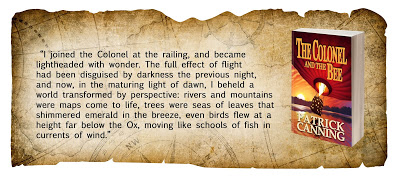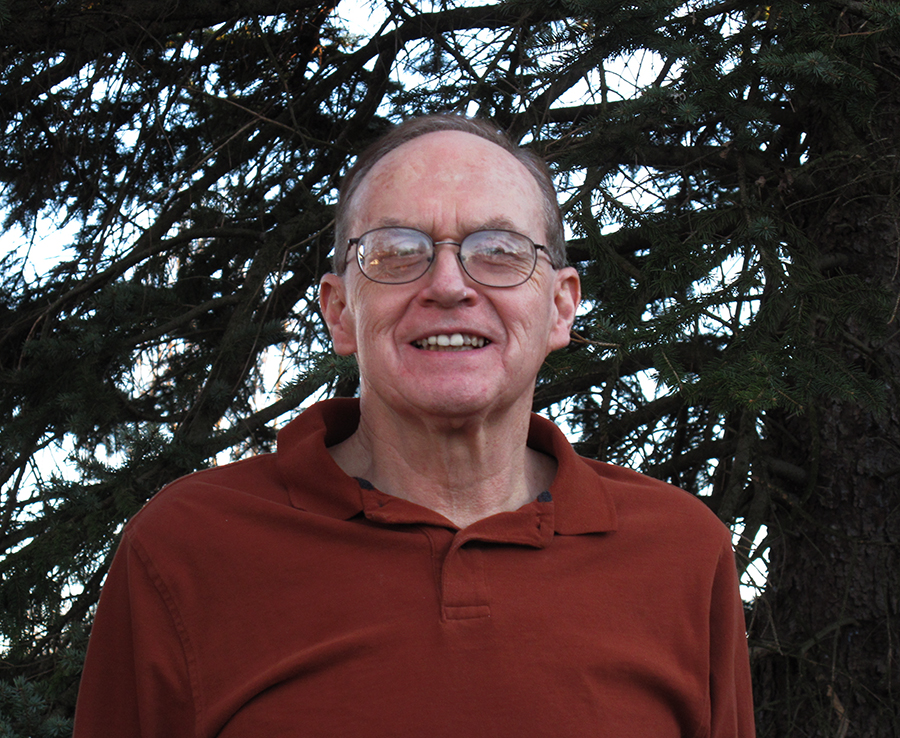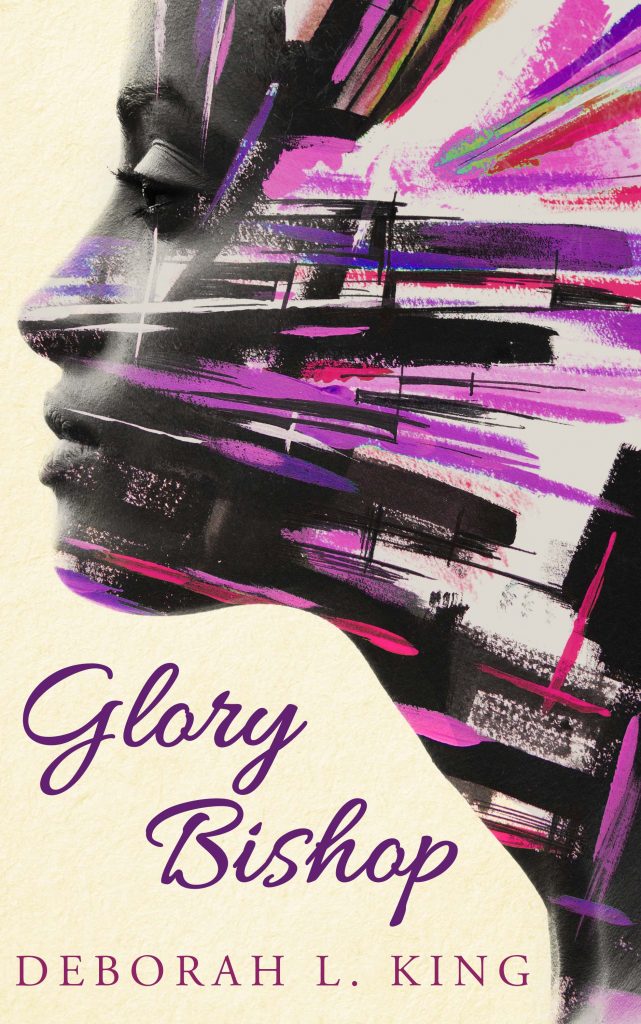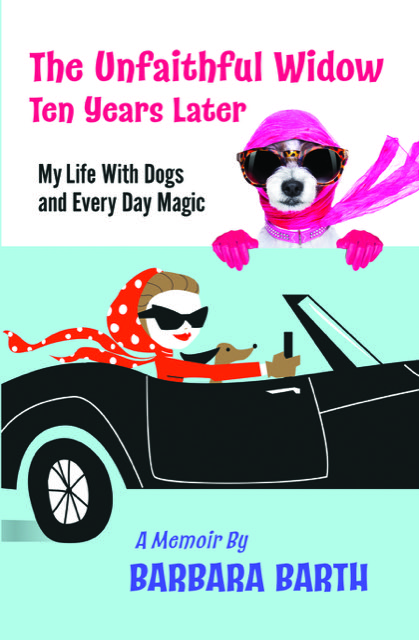
I am so excited to feature Patrick Canning on my blog today. He’ll be sharing his experience writing his book The Colonel and the Bee, the hot air balloon ride he did for research, and his writing process. Before you read the interview, here’s a bit about the book:
Beatrix, a spirited but abused acrobat in a traveling circus, seeks more than her prison-like employment offers. More than anything, she wants to know her place in the world of the halcyon 19th century, a time when the last dark corners of the map were being sketched out and travel still possessed a kind of magic.
One night in Switzerland, the mysterious Colonel James Bacchus attends Beatrix’s show. This larger-than-life English gentleman, reputed to have a voracious appetite for female conquests, is most notable for traveling the world in a four-story hot air balloon called The Ox.
Beatrix flees that night to join the Colonel, and the two of them make a narrow escape—Beatrix from her abusive ringleader, the Colonel from a freshly-made cuckold. Beatrix, feeling the Colonel may have the answers to her problems, pledges to help him catch the criminal he seeks in exchange for passage on his magnificent balloon.
The criminal seeks a precious figurine, The Blue Star Sphinx, but he’s not alone. The Sphinx’s immense value has also drawn the attention of the world’s most deadly treasure hunters. A murder in Antwerp begins a path of mystery that leads all the way to the most isolated island on Earth.
Me: Thank you for joining me today! Tell me about your book The Colonel and the Bee.
Patrick: I see it as a coming of age story (something like Jane Eyre) planted into a Jules Verne-type adventure.
Me: That sounds amazing. What inspired this novel?
Patrick: At some point I just started thinking about an idea where people travel around in a hot air balloon, get into adventures, and help solve problems of people they meet. I wanted escapist entertainment that was still smart and had some soul.
Me: Oh I love the idea of people of people traveling around in hot air balloons! What was your process in writing it?
Patrick: My process is to keep a file/document where any and all related story ideas go: dialogue, setting, theme, research, images, anything. Once that gets substantial enough and a narrative comes into focus, I make an outline. All that accumulated data gets translated into some kind of chronological story. Then comes a break-neck first draft without stopping for revisions along the way. I try to take a little bit of time away from the story to keep an objective eye, then revise as many times as sanity allows, including valuable feedback from beta readers and editors.
Me: I really love your writing process! So tell us about the research you did for this book. And I couldn’t help but notice your blog post here that talked about that hot air balloon ride you took! Tell us about how that influenced your book.
Patrick: Yes! The hot air balloon ride was amazing. I would say things like that help with little details like things the balloon operator said or sensations I might not have expected to have (aside from take-off and landing, hot air balloons are incredibly steady). I did some additional research on the early days of aeronautics (including ballooning), lots of plants and flowers (given the Colonel’s hobby), and Victorian vocabulary, including some phrases that the reader will probably only understand in context. That unusual vocabulary seems to be the most divisive element for readers so far.
Me: I love the fact that you had such incredible in-person experiences to enhance the vibe of this book! Also, I love the circus setting that starts out this book and the era the novel resides in (the 19th century). What drew you to this time period and setting?
Patrick: The Age of Exploration had technically ended the century before, but that was more about colonialization and countries fighting over new territory. In some ways the 19th century had the entire globe mapped out, but the ink was still wet, and there was still plenty to explore. I thought a hot air balloon was a good technological fit, and the Victorian speech could match the playful spirit of the story.
Me: It sure does add to the story! Who do you hope reads this book and what are you hoping they take away from it?
Patrick: Anyone that needs a refuge or wants to travel but can’t at the time might find the book interesting. I hope people are drawn in by the novelty of the story, but leave with something more valuable, whatever that may be to them personally.
Me: Do you have any peculiar writing behavior that you’d like to tell us about?
Patrick: Not really, I try to keep the whole process as non-exotic as possible so it’s easy to get down to business. Coffee and/or tea are usually involved. Characters in the book argue over which is better but I love both.
Me: Oh coffee for sure! Now, last, but certainly, not least, if this book was made into a movie, what 5 songs do you imagine you would hear throughout the film?
Patrick: This might be a lame answer, but given the time period I don’t think any modern tracks would fit! Some kind of classical score would probably do the trick, as long as it was whimsical and thrilling and awesome.
Thank you so much for taking the time to chat with me! For anyone who is intrigued by Patrick’s book, be sure to purchase it on Amazon.com or add it to your GoodReads list.
About Patrick Canning
Patrick Canning was born in Wisconsin, grew up in Illinois, and now lives in California with his dog, Hank. He is primarily focused on turning coffee into words, words into money, money back into coffee. Visit his website at PatrickCanningBooks.com.
This post contains affiliate links. If you purchase through my link, I will receive small compensation.






Good answers, Patrick!